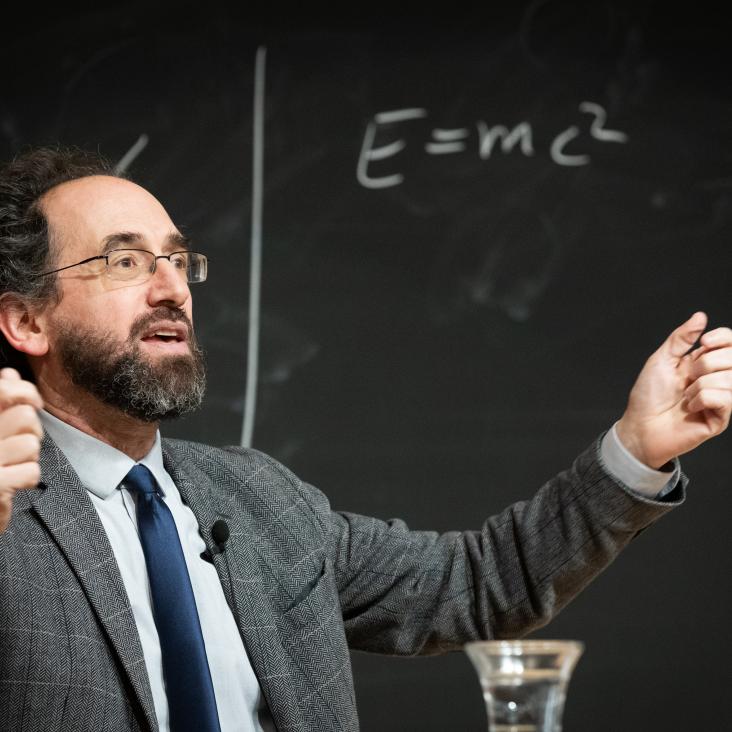Optimizing multiple-input single-output (MISO) communication systems with general Gaussian channels: Nontrivial covariance and nonzero mean
IEEE Transactions on Information Theory 49:10 (2003) 2770-2780
Abstract:
In this correspondence, we consider a narrow-band point-to-point communication system with many (input) transmitters and a single (output) receiver (i.e., a multiple-input single output (MISO) system). We assume the receiver has perfect knowledge of the channel but the transmitter only knows the channel distribution. We focus on two canonical classes of Gaussian channel models: a) the channel has zero mean with a fixed covariance matrix and b) the channel has nonzero mean with covariance matrix proportional to the identity. In both cases, we are able to derive simple analytic expressions for the ergodic average and the cumulative distribution function (cdf) of the mutual information for arbitrary input (transmission) signal covariance. With minimal numerical effort, we then determine the ergodic and outage capacities and the corresponding capacity-achieving input signal covariances. Interestingly, we find that the optimal signal covariances for the ergodic and outage cases have very different behavior. In particular, under certain conditions, the outage capacity optimal covariance is a discontinuous function of the parameters describing the channel (such as strength of the correlations or the nonzero mean of the channel).Coexistence of composite bosons and composite fermions in nu = 1/2 + 1/2 quantum Hall bilayers.
Phys Rev Lett 91:4 (2003) 046803
Abstract:
In bilayer quantum Hall systems at filling fractions near nu=1/2+1/2, as the spacing d between the layers is continuously decreased, intralayer correlations must be replaced by interlayer correlations, and the composite fermion (CF) Fermi seas at large d must eventually be replaced by a composite boson (CB) condensate or "111 state" at small d. We propose a scenario where CBs and CFs coexist in two interpenetrating fluids in the transition. Trial wave functions describing these mixed CB-CF states compare very favorably with exact diagonalization results. A Chern-Simons transport theory is constructed that is compatible with experiment.Conductivity of Paired Composite Fermions
Physical Review Letters 91:4 (2003)
Abstract:
We develop a phenomenological description of the [Formula presented] quantum Hall state in which the Halperin-Lee-Read theory of the half-filled Landau level is combined with a [Formula presented]-wave pairing interaction between composite fermions (CFs). The electromagnetic response functions for the resulting mean-field superconducting state of the CFs are calculated and used in an RPA calculation of the [Formula presented] and [Formula presented] dependent longitudinal conductivity of the physical electrons, a quantity which can be measured experimentally. © 2003 The American Physical Society.Optimizing MIMO antenna systems with channel covariance feedback
IEEE Journal on Selected Areas in Communications 21:3 (2003) 406-417


